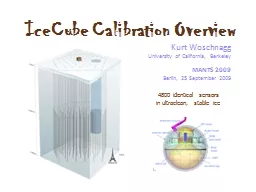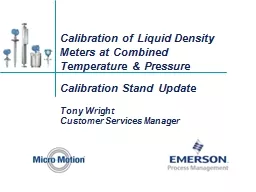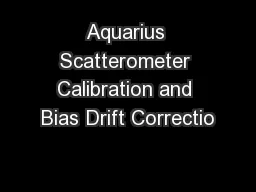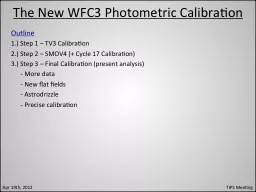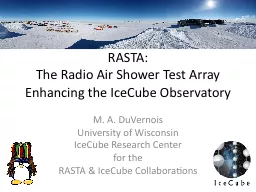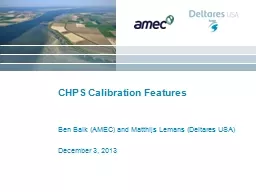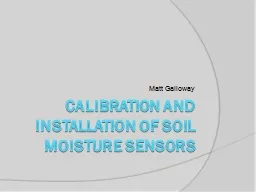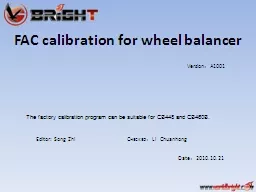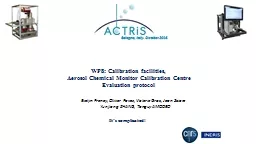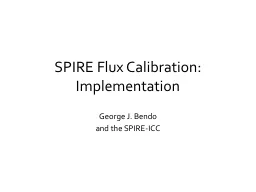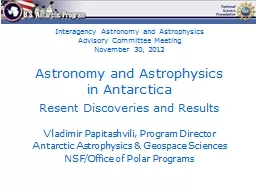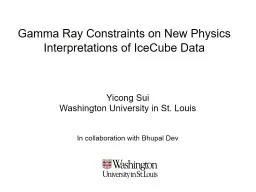PPT-IceCube Calibration
Author : cheryl-pisano | Published Date : 2019-11-24
IceCube Calibration Overview Kurt Woschnagg University of California Berkeley MANTS 2009 Berlin 25 September 2009 4800 identical sensors in ultraclean stable ice
Presentation Embed Code
Download Presentation
Download Presentation The PPT/PDF document "IceCube Calibration" is the property of its rightful owner. Permission is granted to download and print the materials on this website for personal, non-commercial use only, and to display it on your personal computer provided you do not modify the materials and that you retain all copyright notices contained in the materials. By downloading content from our website, you accept the terms of this agreement.
IceCube Calibration: Transcript
Download Rules Of Document
"IceCube Calibration"The content belongs to its owner. You may download and print it for personal use, without modification, and keep all copyright notices. By downloading, you agree to these terms.
Related Documents

